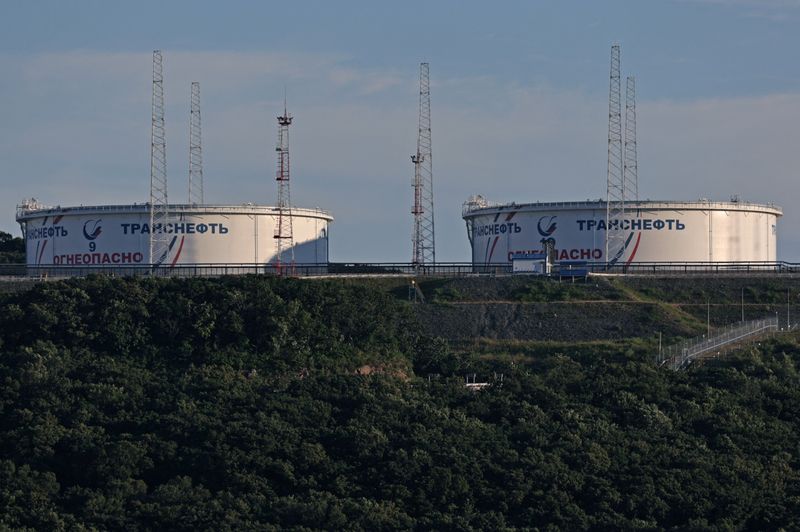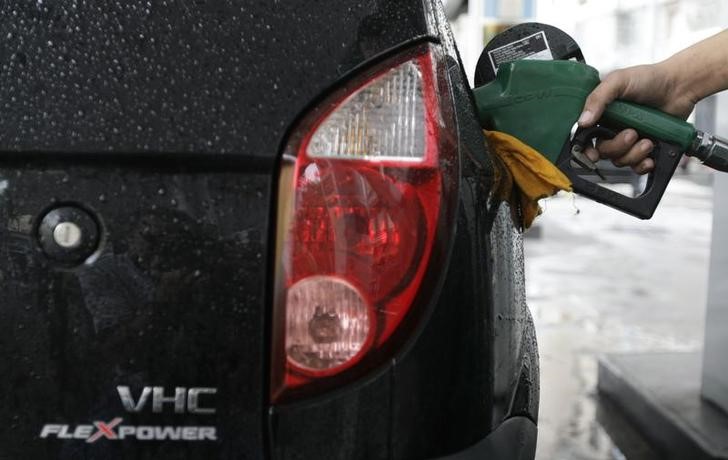By Shariq Khan
NEW YORK (Reuters) -Oil prices rose for a second straight session on Thursday, with the Brent benchmark above $85 a barrel, as hopes rose for U.S. interest rate cuts after data showed an unexpected slowdown in inflation.
futures rose 32 cents, or 0.4%, to settle at $85.40 a barrel. U.S. West Texas Intermediate crude futures rose 52 cents, or 0.6%, to $82.62 a barrel.
Data shows that US consumer prices fell in June, raising hopes that the Federal Reserve will cut interest rates soon. Following the data, traders estimated an 89% probability of a rate cut in September, up from 73% on Wednesday.
Slowing inflation and interest rate cuts are likely to lead to more economic activity, Growmark Energy analysts said.
Fed Chairman Jerome Powell acknowledged the recent improving trend in price pressures but told lawmakers more data is needed to strengthen the case for rate cuts.
The data pulled the stock lower and that should support oil prices, said Gary Cunningham, director of market research at Tradition Energy. A softer dollar could increase demand for dollar-denominated oil from buyers using other currencies.
Prices also rose on Wednesday, breaking a three-day losing streak after U.S. data showed crude stocks in the world’s largest oil market fell along with dwindling inventories and strong demand for gasoline and jet fuel.
Front month futures recorded their highest premium to the next month contract since April. The willingness of market participants to pay premiums for earlier delivery dates, a structure known as backwardation, is typically a sign of supply tightness.
Some still believe the outlook for oil demand is weak. In its monthly oil market report, the International Energy Agency (IEA) saw global demand growth slowing to less than a million barrels per day this year and next, mainly due to a contraction in Chinese consumption.

Yet in its monthly report on Wednesday, producer group OPEC kept forecasts for global demand growth unchanged at 2.25 million barrels for this year and 1.85 million barrels per day next year.
“OPEC and IEA demand forecasts are further apart than normal, partly due to disagreements over the pace of the global transition to clean fuels,” said StoneX analyst Alex Hodes.


